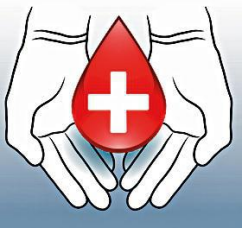Blood
Bloody mess
In a government hospital in Kanpur, of 14 children, who are thalassemia patients, two are now HIV-infected, 7 have Hepatitis B, and 5 Hepatitis C – they received infected blood. A lifelong regimen of blood transfusions is the mainstay of treatment for thalassemia patients. India has the world’s largest number of children with the condition (1-1.5 lakh), and every year 10,000-15,000 are born with the genetic disorder. Transfusion transmissible infections are a big risk. The tragedy is that this is entirely preventable.

India has a steadily growing population with chronic conditions, such as cancer. For these patients, transfusions are integral to treatment. Blood, as most families with patients will vouch, is a constant health emergency, yet it is an invisible crisis. Demand is high because of (preventable) health problems like complications from malnutrition, anaemia, and pregnancy. Studies show 25% of maternal deaths are due to haemorrhaging. A report by the National AIDS Control Organisation (NACO) cited evidence that 70% of postpartum haemorrhage deaths are from a lack of availability of blood.
Poor supply is just one aspect. Both whole blood and components are among India’s most mismanaged critical resources. From collection to distribution, safety to storage, availability and accessibility for patients, the poorly regulated area chronically fails patients. Regulations for testing and screening exist, but there is scant monitoring. Spurious “blood banks” with outdated testing facilities fleece patients’ families. A grey market in blood thrives. India’s haemovigilance programme will follow up on the Kanpur case. Yet it can neither penalise nor correct. States and authorities will have to invest far more funds and work together to enable nodal agency NACO to mandate audits as well as lay down strict standards and procedures. Most crucially, NACO should be empowered to penalise blood banks and hospitals. Otherwise, more tragedies are inevitable.
This piece appeared as an editorial opinion in the print edition of The Times of India.
END OF ARTICLE

